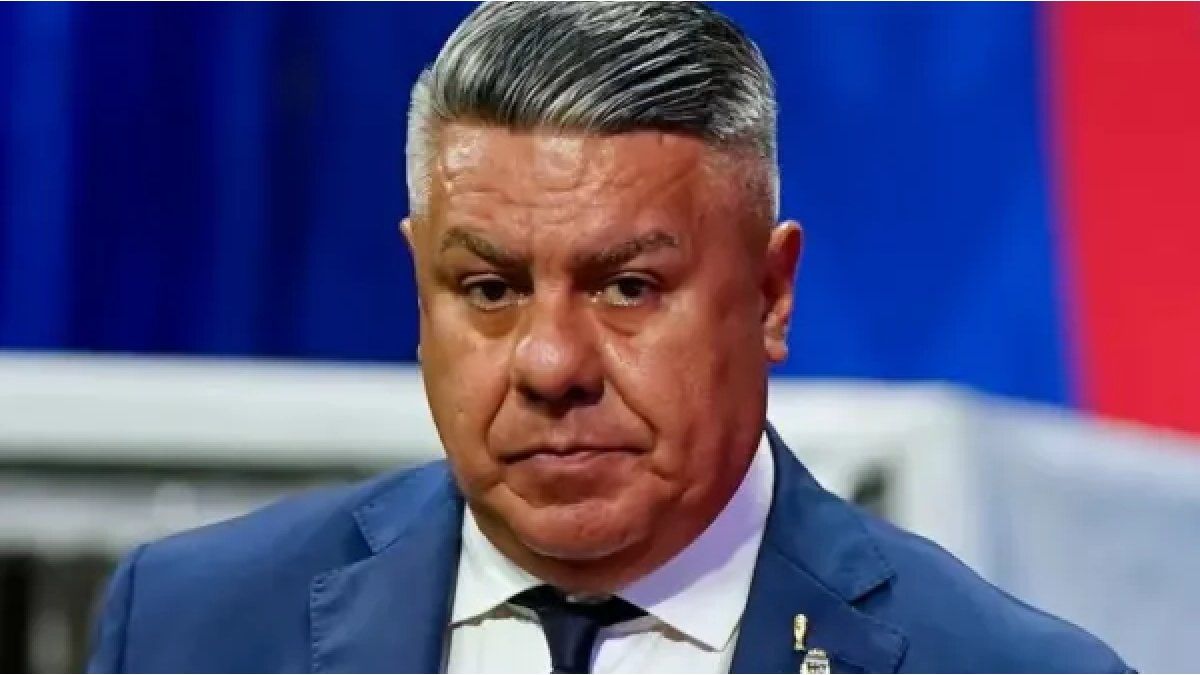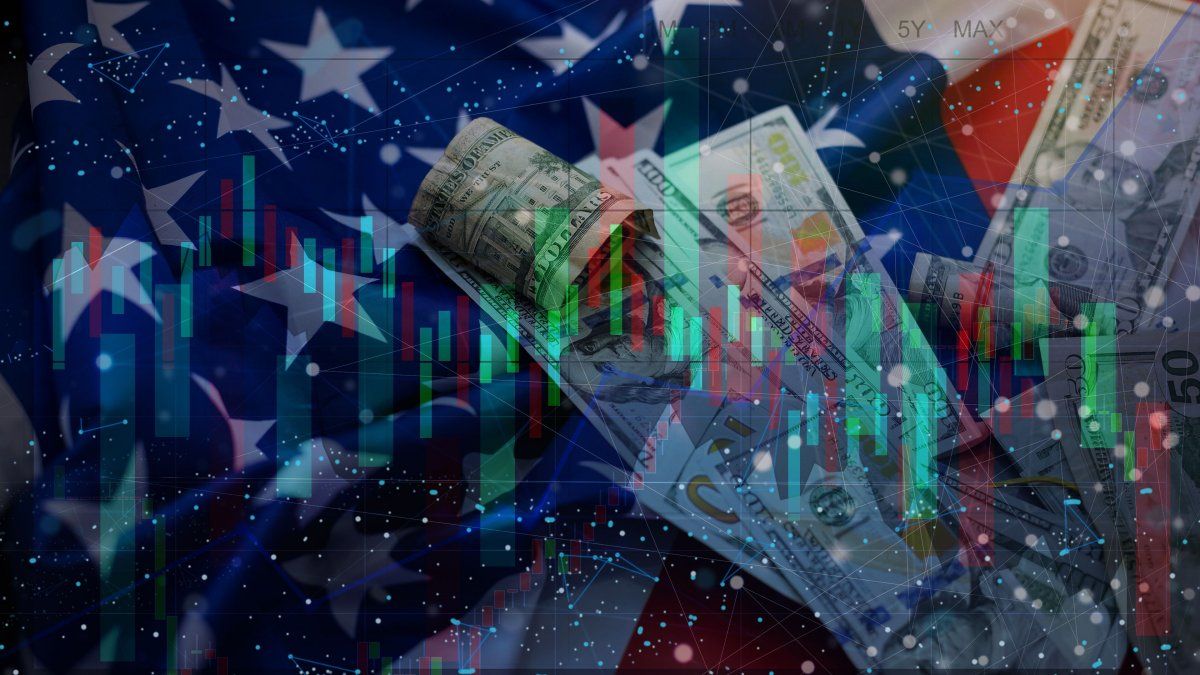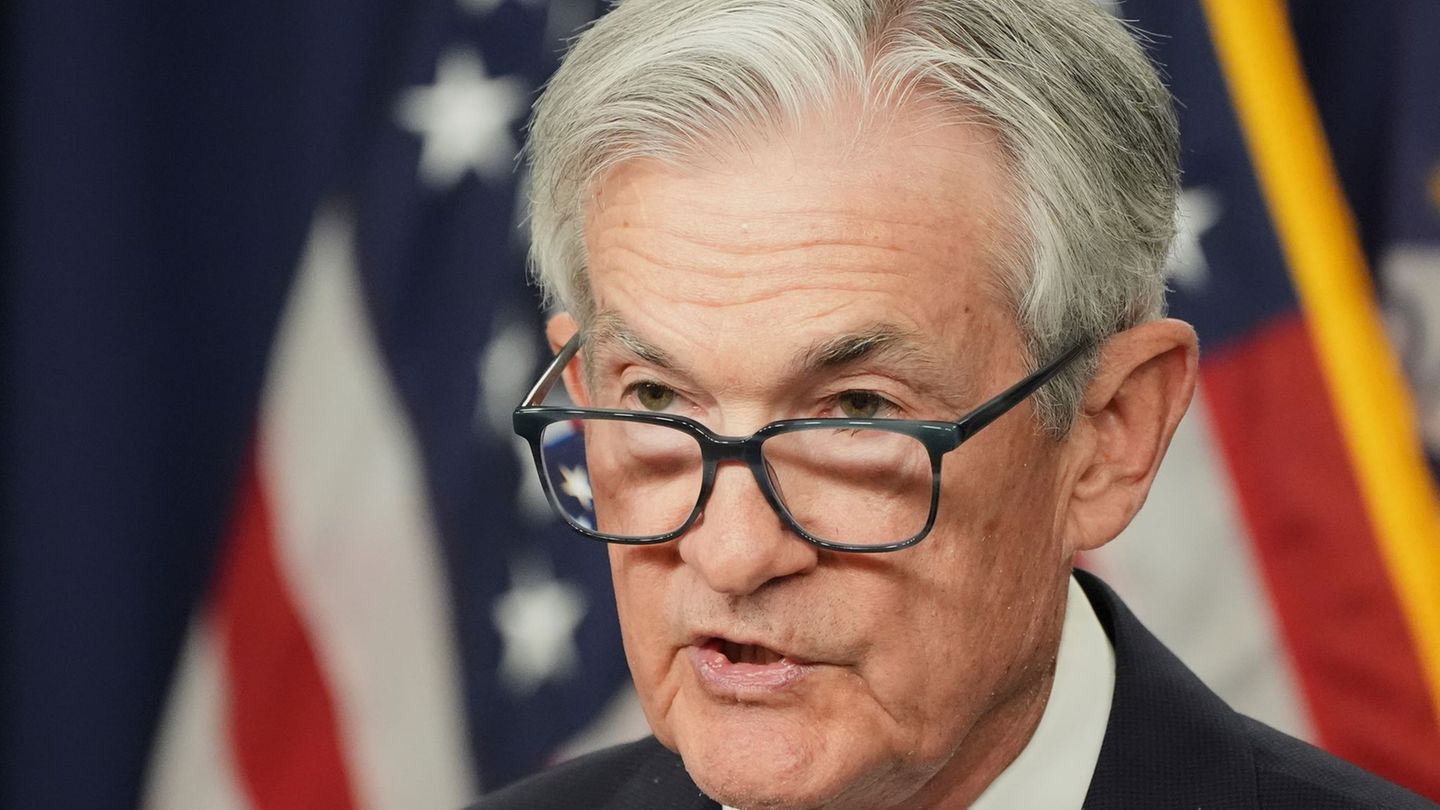Menu
Money policy: tariffs brake US Federal Reserve – Fed defies Trump
Categories
Most Read
We do not want another failed or Chinese-led state in Latin America
October 10, 2025
No Comments
How much should I invest in October 2025 to earn $100,000 in 30 days
October 10, 2025
No Comments
industrialists polish tax reform to elevate Axel Kicillof
October 10, 2025
No Comments
Auto industry: Audi drives in reverse gear – but slower
October 10, 2025
No Comments
Tenant complains: “I received a four-figure sum back”
October 10, 2025
No Comments
Latest Posts

Claudio “Chiqui” Tapia clings to the 30-team tournament and justifies: “We are trainers”
October 10, 2025
No Comments
October 10, 2025 – 12:21 Under the discourse of “training”, the president of the AFA justifies a structure that favors the leaders, weakens competition and

The US is telling us to play for us with the financial rescue
October 10, 2025
No Comments
AngelicaI am an author and journalist who has written for 24 Hours World. I specialize in covering the economy and write about topics such as

Wall Street closes the week in green despite the lack of official data in the US
October 10, 2025
No Comments
After this Thursday’s decline, the main indexes of Wall Street operate with an upward trend on Friday and close a week in green in most
24 Hours Worlds is a comprehensive source of instant world current affairs, offering up-to-the-minute coverage of breaking news and events from around the globe. With a team of experienced journalists and experts on hand 24/7.

